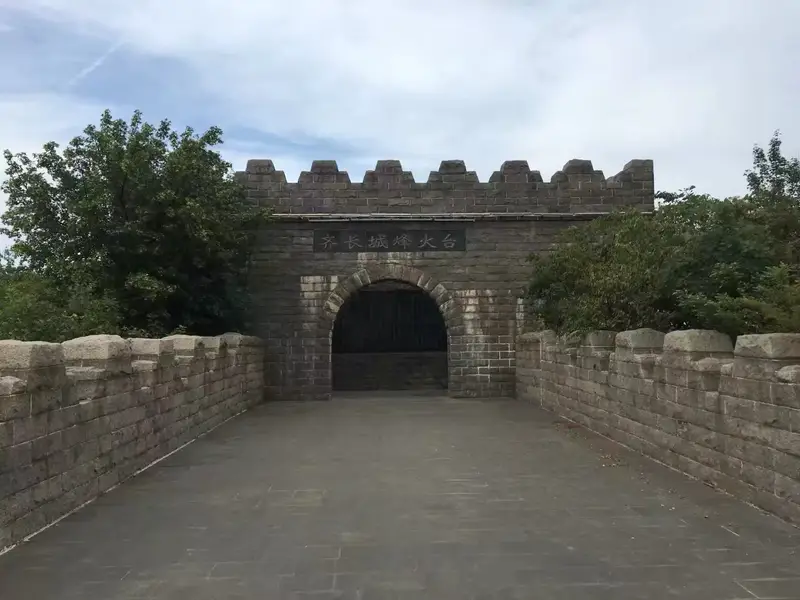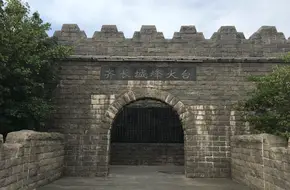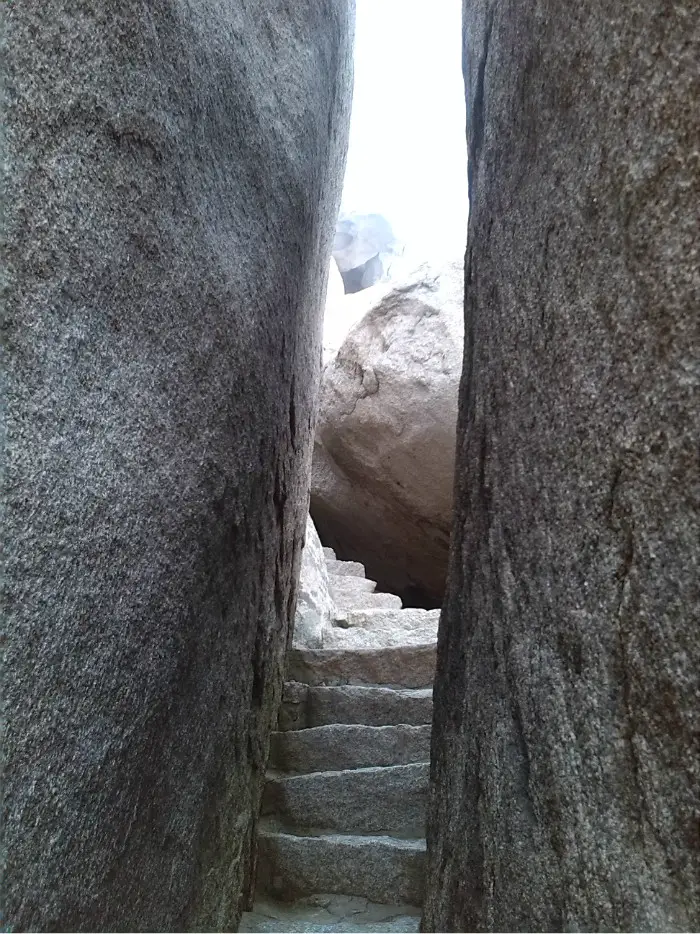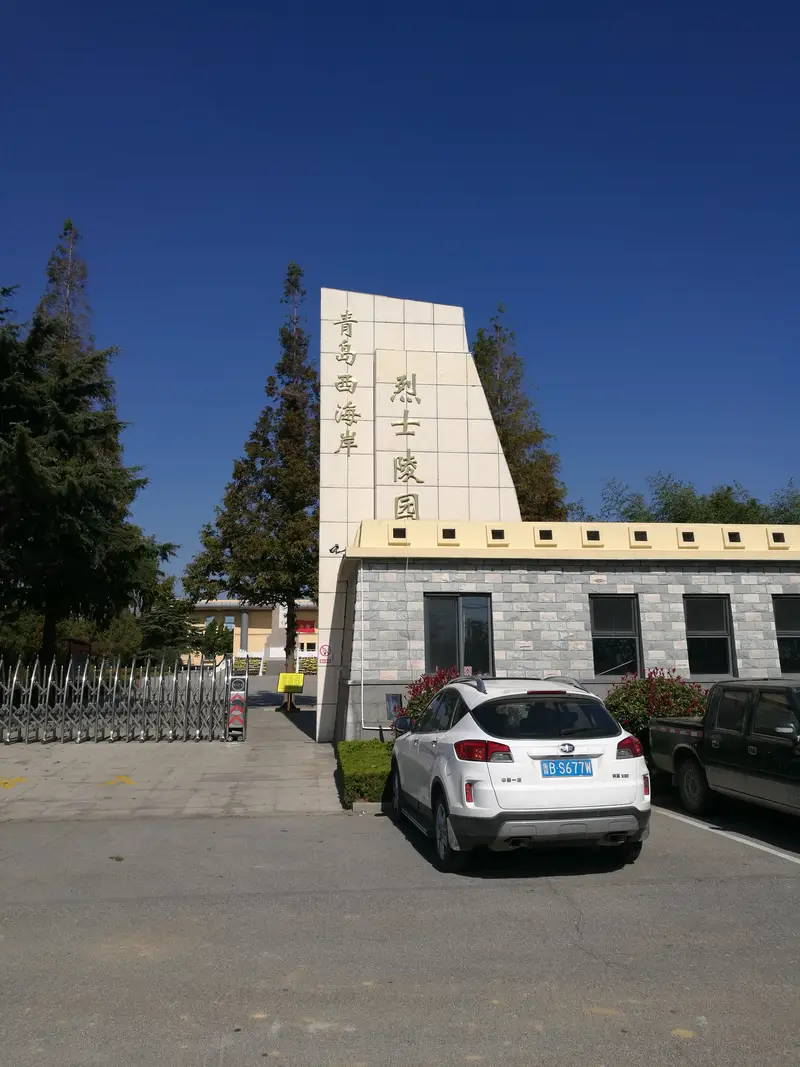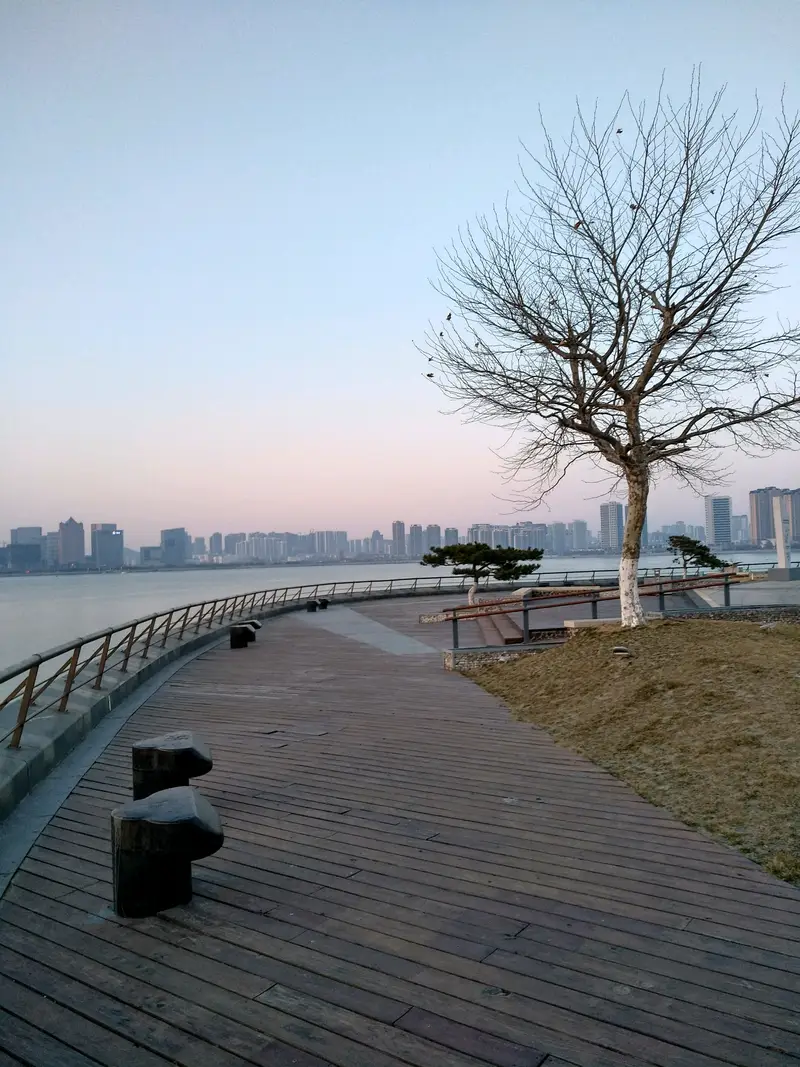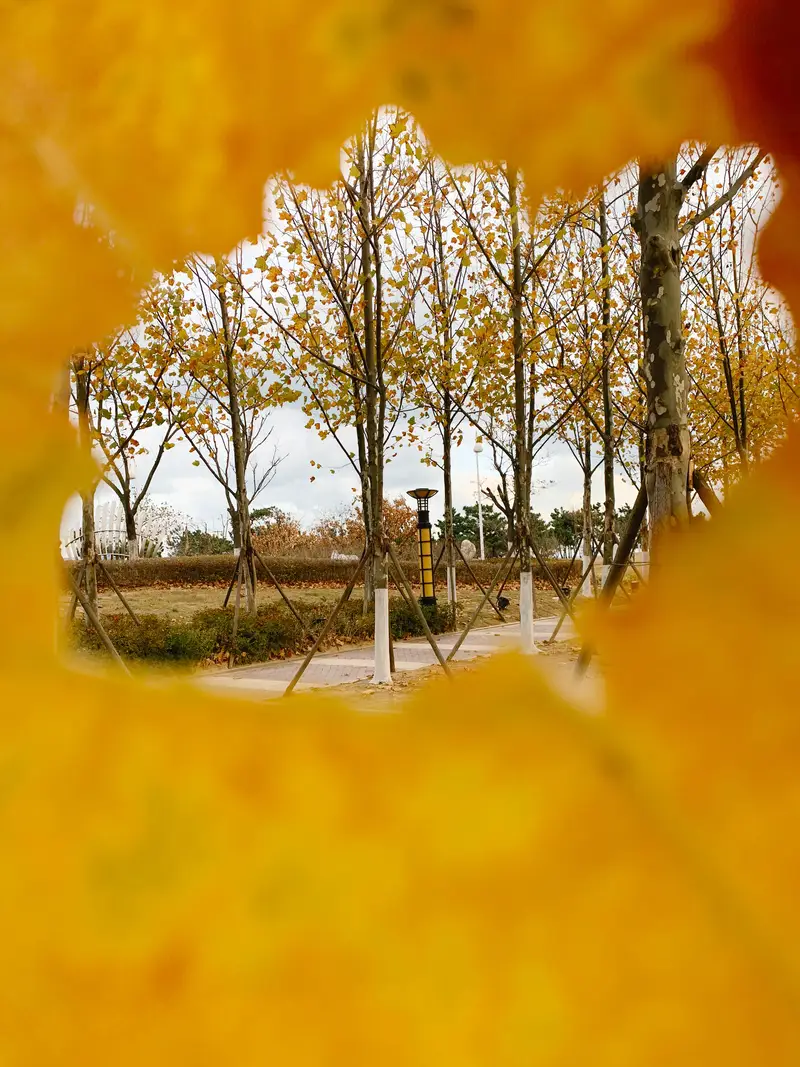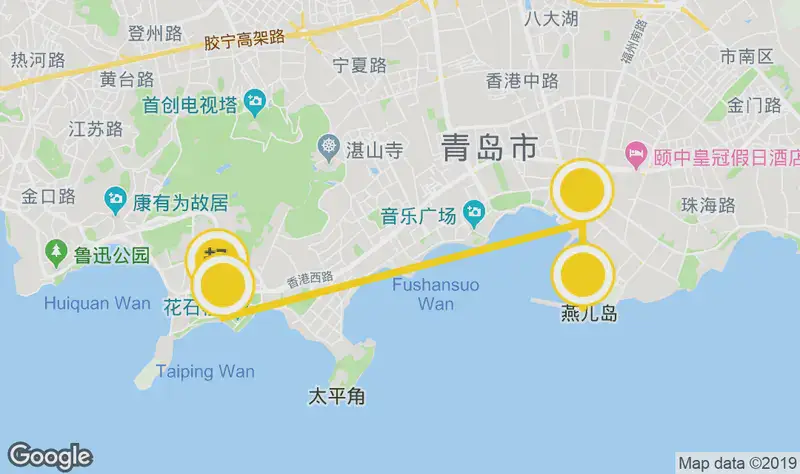Qi Great Wall Beacon Tower sits quietly along the ancient Ji River in Huangdao District, Qingdao. To reach this hidden gem, you’ll need to combine public transport and a short hike. The nearest major landmark is Qingdao’s metro Line 1, but from there, it’s best to grab a taxi or rent a car—local signs can be sparse, so ask drivers for “Ji He Pan de Jufang” (the riverbank near Jufang Village). Once you’re close, follow a winding dirt path downhill; the tower emerges suddenly, nestled between trees and rocks. It’s worth the effort for a peaceful escape from crowded tourist spots.
Natural Scenery: A Blend of Mountains & Water
Surrounded by rolling hills and the gentle curve of the Ji River, Qi Great Wall Beacon Tower feels like a timeless hideaway. In spring, wildflowers blanket the slopes, while autumn paints the leaves in fiery reds and oranges. The river itself is calm and clear, perfect for skipping stones or snapping reflection photos. Keep an eye out for lizards sunning on rocks and birds diving into the water—it’s a reminder of how untouched this area remains. For photography enthusiasts, morning light filters through the trees, casting a magical glow on the stone walls.
Historical Charm: A Window into Warring States China
Unlike the more famous Ming-era Great Wall, Qi Great Wall Beacon Tower dates back over 2,500 years to the Qi State (7th–3rd century BCE). This wasn’t built to keep out invaders but to signal threats using smoke signals. Imagine soldiers lighting fires here to warn neighboring villages! Today, you can climb the compact stone steps inside the tower for a bird’s-eye view of the valley. Information boards explain how this site connected with others along the Qi Wall, though most sections have crumbled into history. It’s a tangible link to China’s fragmented kingdoms era.
Practical Tips: What to Bring & Avoid
The site is minimally developed, so prepare accordingly. Wear sturdy shoes—the path to the tower is rocky, and there’s no shade in summer. Bring water, snacks, and sunscreen, especially if visiting midday. There’s no ticket office or entrance fee, but a small donation box supports upkeep. Note that restrooms are nonexistent, so plan ahead. Locals sometimes sell fruit or tea near the parking area, but don’t expect tourist shops. For history buffs, a guidebook on Warring States China adds context, though the on-site info is brief.
Immersive Experience: More Than Just Sightseeing
Visiting Qi Great Wall Beacon Tower isn’t just about ticking off a historical site—it’s about soaking in tranquility. Sit by the riverbank and listen to the water gurgling over stones. Chat with nearby farmers tending fields; they might share folktales about the tower’s ghost stories or ancient battles. If you’re lucky, a misty dawn will roll in, blurring the lines between land and sky. For a deeper connection, rent a bike and explore nearby paths where the Qi Wall’s foundations occasionally reappear. End your trip with a meal in Huangdao’s coastal market—think fresh seafood and warm dumplings.
Why It’s Worth the Detour
Qi Great Wall Beacon Tower offers something rare: a glimpse into China’s pre-Imperial past without the crowds. While dwarfed by the Ming Great Wall’s grandeur, its modesty reflects a simpler, fiercer time. Whether you’re a history lover, nature seeker, or photo enthusiast, this spot rewards curiosity. Just remember: bring a sense of adventure, respect the quiet, and leave only footprints.


